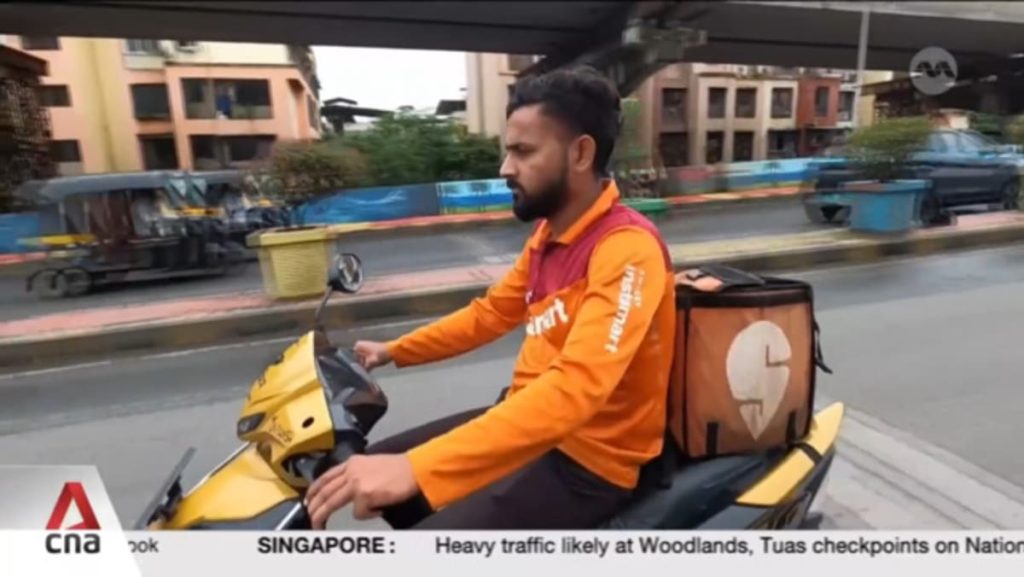In India, grocery apps offering delivery in 10 minutes or less are changing the way urban Indians shop for their daily necessities. These services have seen rapid growth in recent years, bringing convenience to consumers and creating job opportunities. However, the emergence of these apps is also posing a threat to traditional small stores that have been the backbone of the country’s grocery retail industry for decades. As more and more Indians opt for the speed and convenience of these apps, the future of small mom-and-pop stores is uncertain.
The rise of these grocery apps can be attributed to the convenience they offer to customers in urban areas. With the click of a button, shoppers can have their groceries delivered to their doorstep in a matter of minutes, saving them time and effort. This level of convenience has quickly caught on among busy urbanites who are looking for ways to streamline their daily chores. Additionally, the rapid expansion of these services has also created job opportunities for delivery drivers and other workers in the industry. This has had a positive impact on the economy by providing employment to individuals who may not have had other job prospects.
While the convenience and job opportunities created by these apps are undeniably beneficial, there are concerns about the impact they are having on traditional mom-and-pop stores. These small businesses have long served as the backbone of India’s grocery retail industry, forming an integral part of local communities. However, as more consumers opt for the speed and efficiency of grocery apps, traditional stores are facing stiff competition and declining sales. This is raising questions about the long-term viability of these small businesses and the impact their closure could have on local economies and communities.
Despite the challenges faced by traditional stores, some argue that the rise of grocery apps could bring about positive changes in the industry. By driving competition and innovation, these apps are forcing traditional retailers to adapt to changing consumer preferences and improve their services. This could lead to a more efficient and competitive grocery retail sector in the long run. Additionally, the convenience offered by grocery apps is attracting new customers who may have otherwise been reluctant to shop at traditional stores. This could potentially broaden the customer base for grocery retailers and help them stay competitive in the market.
As the popularity of grocery apps continues to grow, it is essential for policymakers and industry stakeholders to address the challenges faced by traditional stores and find ways to support their sustainability. This could involve implementing policies that protect small businesses and promote fair competition in the industry. Additionally, initiatives could be taken to help traditional retailers adapt to the changing market dynamics and improve their services to meet the demands of modern consumers. By working together, stakeholders can ensure a balanced and sustainable grocery retail industry that benefits both consumers and traditional retailers in India. Ultimately, the future of grocery shopping in urban India will likely be a blend of convenience-driven apps and traditional stores, each catering to the diverse needs and preferences of consumers in the country.


